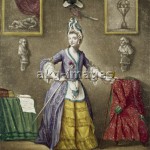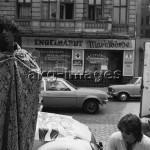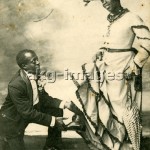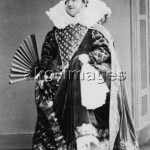The young men who shocked Victorian England
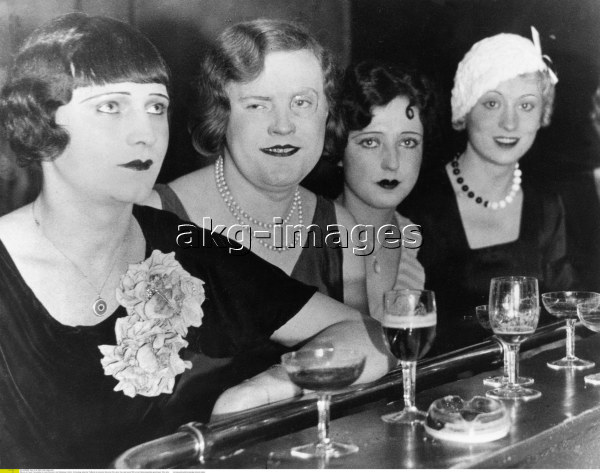
© akg-images / ullstein bild
I had to wait a good while to get my hands on Neil McKenna’s latest book, Fanny and Stella. By the time I got around to reserving a copy at my local library, there was already a long waiting list. Not surprising really, as the book was published at the beginning of the year to excellent reviews from most broadsheet newspapers here in the UK.
The beautiful Stella Boulton and her bosom friend Fanny Park were arrested outside the Strand Theatre in April 1870. Both ladies were assumed to be prostitutes but it did not take long in the cells of Bow Street police station for a more scandalous truth to make itself known: Stella and Fanny were not ladies of the night. They weren’t even ladies. They were Frederick Park and Ernest Boulton, one in training to become a solicitor, the other a bank clerk, both very definitely men. The story that follows, of Boulton and Park’s trial and subsequent acquittal, is so extraordinary that, if it were labelled as fiction, it could easily be dismissed as utterly impossible.
What was so fascinating about this book for me was the attitude Victorian society had towards cross-dressing. Homosexuality was abhorred and any trace of femininity in men viewed with disgust, but both Fanny and Stella enjoyed careers on the stage as actresses, both before and after their trial, and were warmly received off-stage in their frocks by their admirers. Stella even lived for a period as the wife of Lord Arthur Pelham-Clinton, aristocrat and Member of Parliament, and there is the tantalising possibility that Lord Arthur’s death shortly after Fanny and Stella’s arrest was staged and that he disappeared abroad to a new life.
Victorian Londoners were fascinated by the idea of two men who chose to dress in women’s clothing. What were they? Hermaphrodites? Transsexuals? He-shes? Even today, some people seem to struggle to distinguish between transsexuals and transvestites, so it is hardly a surprise to find that Victorian society struggled with gender and transgender issues.
Drag balls, Mary Anns (male prostitutes) plying for trade along the Haymarket, rectal examinations and am-dram in the Home Counties: Fanny and Stella is a marvellous story. It’s also an important one, looking at how Victorian Britain viewed sexuality and gender. Why was it permissible for men to dress as women in the theatre – indeed, all-male casts in Shakespeare were lauded as an integral part of this history of British culture – but utterly objectionable elsewhere?
It would be easy to say that we have come a long way in understanding the complexities surrounding transgender issues, as well as cross-dressing. When I read Fanny and Stella, I realised that, as a society, we haven’t really progressed that much further from the 1870s: people still find difference upsetting, funny or disgusting, and people with gender issues have a much harder time ‘coming out’ than homosexuals face in the 21st Century. It is always a surprise to me to see how many images we have in the archive relating to this subject. Yes, there are the actors in drag, but also photographs of men dressed as women (or women trapped in the wrong bodies?). Fewer in number are the images of women passing as men. Drag kings existed in Victorian Britain, I dare say, but few of them allowed themselves to be photographed as such. The bravery these people had to express themselves freely at a time even less enlightened than our own must have been exceptional. For all their feather boas and fancy frocks, Fanny Park and Stella Boulton had the courage of lions.
